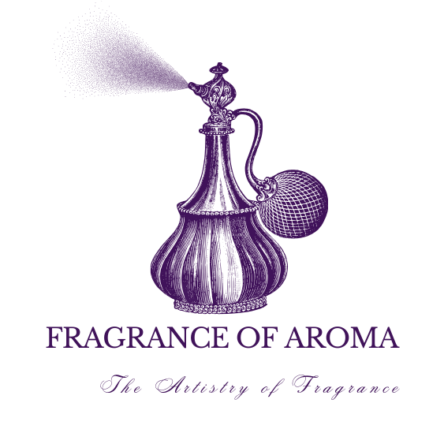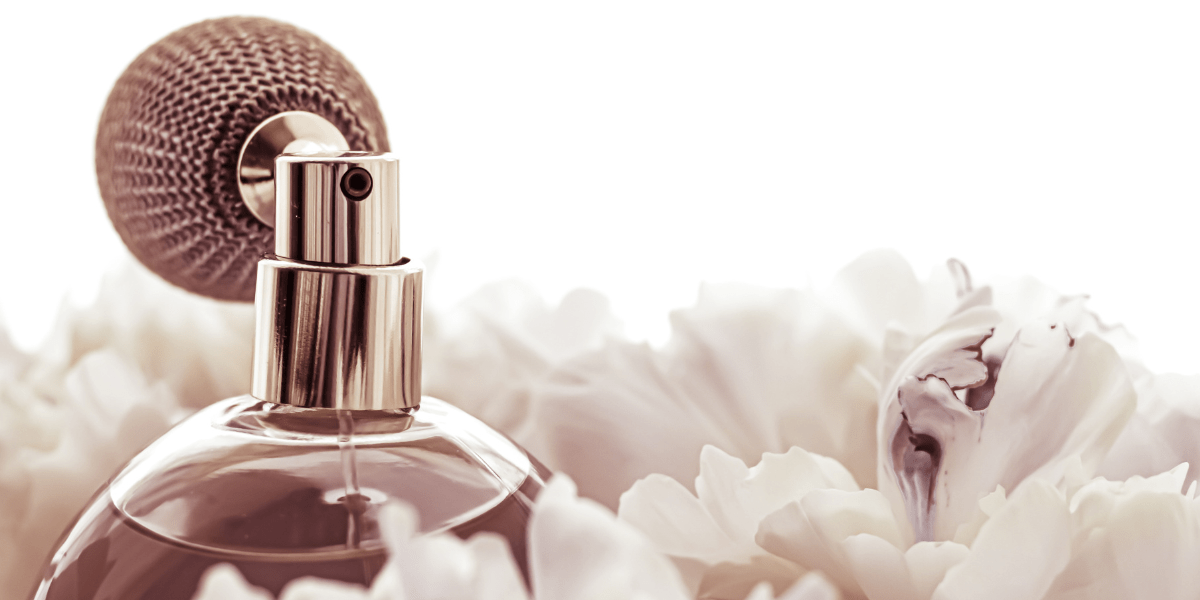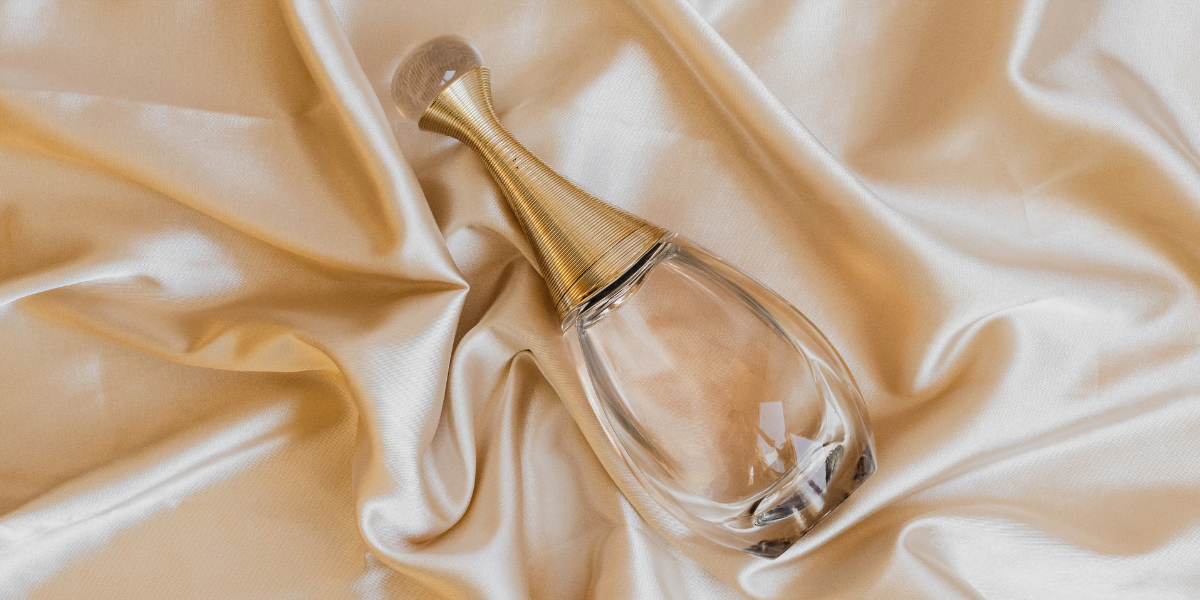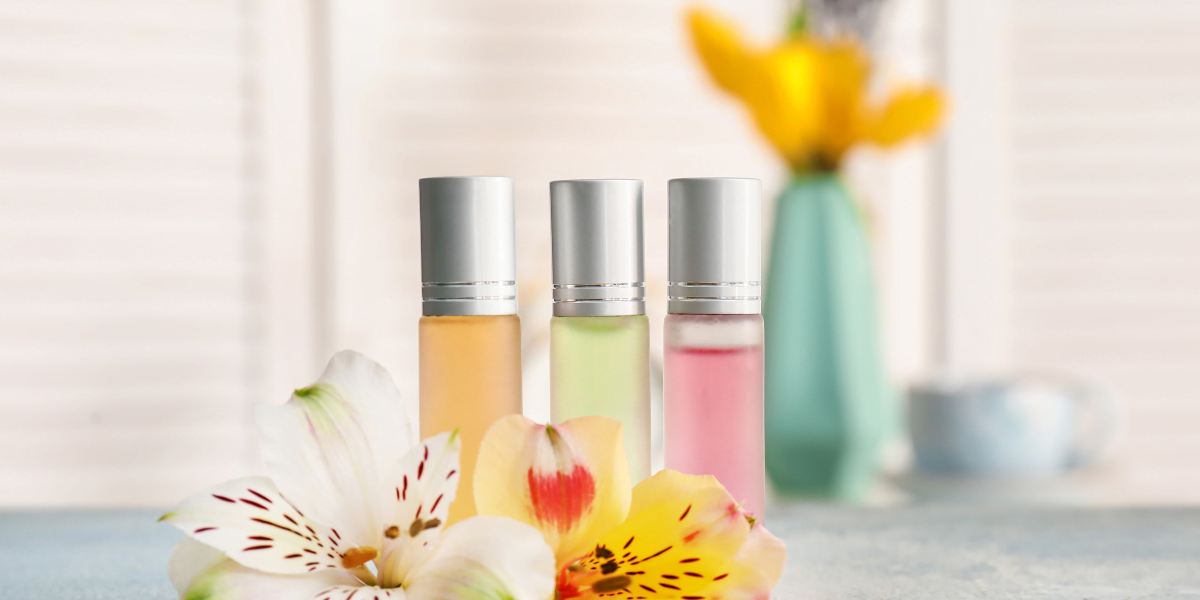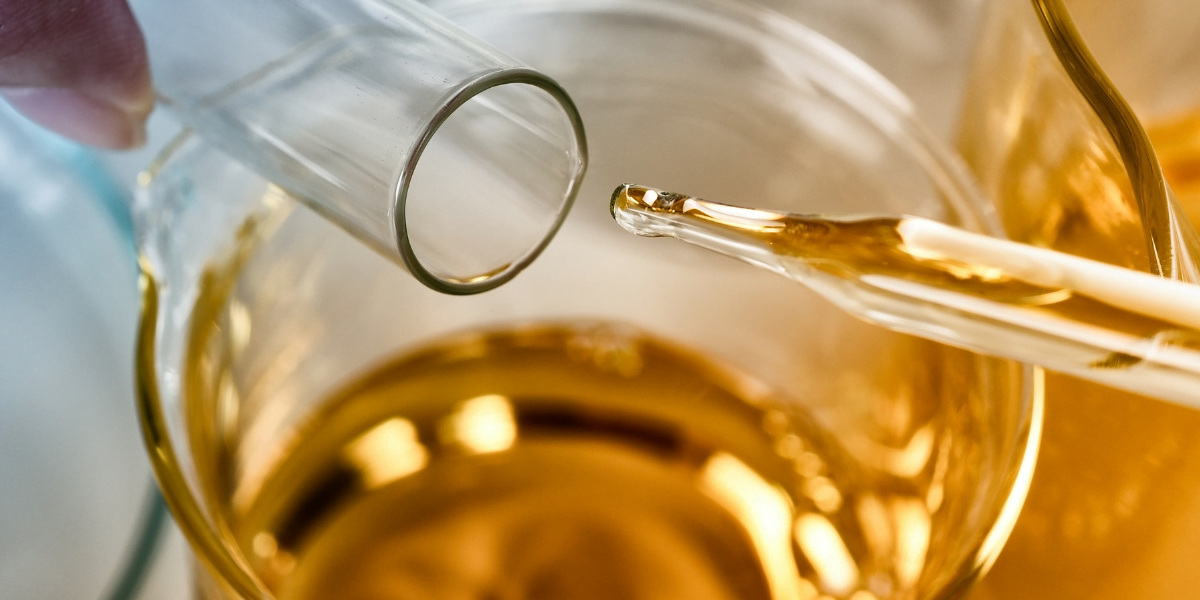Have you ever wondered why men’s and women’s fragrances seem to smell so different? Understanding the distinction between men’s and women’s fragrances can help you make better choices when it comes to selecting a scent that suits your style. While men’s fragrances tend to have woody, musky, and spicy notes, women’s fragrances are often characterized by floral, fruity, and sweet notes. In this blog post, we will delve into the science of fragrance composition, societal influences on scent preferences, and the impact of personal chemistry on fragrance. By the end of this post, you will have a clearer understanding of the differences in scents between men’s and women’s fragrances, enabling you to make more informed choices when it comes to selecting the perfect scent for you.
The Chemical Composition of Fragrances
Your favorite fragrances are more than just a pleasant smell. They are a complex combination of various chemical compounds that work in harmony to create a unique scent. Understanding the chemical composition of fragrances can help you appreciate the art of perfumery and make more informed choices when selecting your next signature scent.
Essential Oils and Aroma chemicals
Essential oils and aroma chemicals are the building blocks of fragrances. Essential oils are natural extracts from plants, flowers, fruits, and woods, while aroma chemicals are synthetic compounds created in a laboratory. These substances contribute to the overall aroma of the fragrance, providing depth, complexity, and longevity. Essential oils are known for their natural and soothing properties, while aroma chemicals offer consistency and versatility in scent creation.
Concentration Levels: Eau de Toilette vs. Parfum
When shopping for fragrances, you may come across terms like Eau de Toilette and Parfum, which refer to the concentration of fragrance oils in the product. Eau de Toilette typically contains a lower concentration of oils, around 5-15%, making it lighter and more suitable for everyday wear. Parfum, on the other hand, has a higher concentration of oils, ranging from 15-40%, resulting in a more intense and longer-lasting scent. Understanding the concentration levels allows you to choose a fragrance that matches your desired strength and longevity.
Cultural and Marketing Influences
Obviously, cultural and marketing influences play a significant role in shaping the differences between men’s and women’s fragrances. This includes the societal expectations and trends that impact the way fragrances are marketed and perceived by consumers. Additionally, how fragrance brands target and appeal to different genders also contributes to the distinction in scents.
Gender Targeting in Fragrance Advertising
When it comes to marketing fragrances, brands often create advertising campaigns that target specific genders. For example, men’s fragrances are often marketed as powerful and masculine, with bold and woody scents. On the other hand, women’s fragrances are marketed as elegant and feminine, with floral and fruity notes. These gender stereotypes in advertising can influence the way you perceive and choose fragrances, based on how they are marketed to you.
Evolution of Unisex Fragrances
The fragrance industry has seen a shift towards the development of unisex or gender-neutral fragrances in recent years. These fragrances are designed to be appealing to both men and women, breaking away from traditional gender norms in scent composition. This evolution allows for a wider range of scents to be embraced by all genders, providing more options for you to explore without feeling limited by societal expectations of what a “men’s” or “women’s” fragrance should smell like.
Olfactory Preferences and Gender
Keep in mind that olfactory preferences can be influenced by various factors, including biological and cultural factors. That being said, research has shown that there are distinct differences in fragrance preferences between men and women. Your sense of smell is actually highly connected to your emotions and memories, which is why certain scents can evoke such strong reactions from you. Understanding the differences in olfactory preferences between men and women can help you make more informed choices when it comes to selecting fragrances.
Common Scent Profiles for Men and Women
When it comes to fragrances, men’s scents tend to be more citrusy, woody, and musky, often with spicy or earthy undertones. On the other hand, women’s scents are often floral, fruity, and sweet, with hints of vanilla or other gourmand notes. These general profiles can help guide you in the right direction when selecting a fragrance based on your gender-specific preferences, but remember that personal preference always trumps gender norms.
The Psychology Behind Scent Preferences
There is a psychological component to why men and women may prefer certain types of fragrances. These preferences can be shaped by both cultural influences and biological factors. For example, studies have shown that women generally have a keener sense of smell than men, potentially influencing their preference for more intricate and delicate scents. Men, on the other hand, maybe more drawn to scents that evoke feelings of power and masculinity. Understanding these psychological underpinnings can help you better understand and appreciate the differences in fragrance preferences based on gender.
Buying Guide for Fragrances
After understanding the basic differences between men’s and women’s fragrances, it’s time to delve into the buying guide for fragrances. Whether you are a man or woman, choosing the right fragrance can be a daunting task with the wide array of options available in the market. From understanding the different types of scents to knowing how to test and wear them, this guide will help you make an informed decision when purchasing your next fragrance.
How to Choose the Right Fragrance for Your Gender
When choosing a fragrance, it’s important to consider your gender as men’s and women’s fragrances are formulated differently to complement each gender’s natural body chemistry. Men’s fragrances are typically richer and muskier, while women’s fragrances are lighter and floral. So, when selecting a fragrance, opt for one that is tailored to your gender to ensure it harmonizes with your natural scent.
Tips for Testing and Wearing Scents
When testing a fragrance, it’s crucial to apply it on your skin rather than just relying on how it smells on a test strip. This is because the fragrance can interact with your body chemistry, and what smells great on one person may not have the same effect on another. Additionally, avoid testing more than three fragrances at a time as your senses may become overwhelmed. After applying a scent, allow it to settle for at least 10 minutes to fully experience the different notes. Remember to wear fragrances in moderation to avoid overwhelming those around you. Recognizing which type of fragrances work best for your body chemistry and personal style is a crucial step in finding your signature scent.
- Apply on the skin for testing
- Avoid testing too many at once
- Allow time for the scent to settle
- Wear in moderation
Men’s vs women’s fragrance- understanding the difference in scents.
Taking this into account, you can now better appreciate the nuances of men’s and women’s fragrances. Understanding the differences in scents and the targeted demographics for each can help you make more informed choices when selecting a fragrance for yourself or as a gift. Remember that ultimately, the choice of fragrance is a personal one, and it should reflect your tastes and preferences. Whether you prefer a more woody and musky scent traditionally associated with men’s fragrances, or a floral and fruity scent commonly found in women’s fragrances, the most important thing is that you choose a fragrance that makes you feel confident and reflects your personality.
Men’s vs Women’s Fragrance – Understanding the Difference in Scents
Q: What is the main difference between men’s and women’s fragrances?
A: The main difference lies in the scent composition. Men’s fragrances typically feature stronger, earthy notes such as musk, wood, and spices, while women’s fragrances tend to highlight floral, fruity, and sweet notes. This difference in composition is intended to complement the natural body chemistry and preferences of each gender.
Q: Can men wear women’s fragrances and vice versa?
A: Absolutely. There are no hard and fast rules when it comes to fragrance. It ultimately comes down to personal preference. Many men enjoy wearing women’s fragrances for their floral or sweet undertones, while some women prefer the depth and masculinity of men’s fragrances. It’s all about finding a scent that resonates with you, regardless of the label.
Q: Why do men and women have different fragrance preferences?
A: The difference in fragrance preferences between men and women is influenced by societal norms and cultural expectations. Historically, men’s fragrances have been designed to exude masculinity and strength, while women’s fragrances have been crafted to embody femininity and grace. These traditional gender roles have shaped the olfactory preferences of each gender, but it’s important to remember that these are not strict guidelines. Personal preference should always be the guiding principle when choosing a fragrance.
